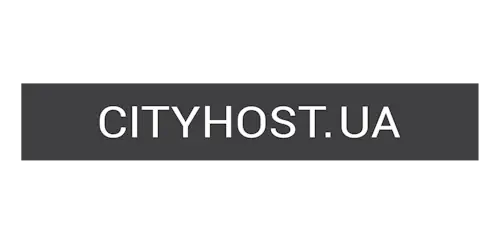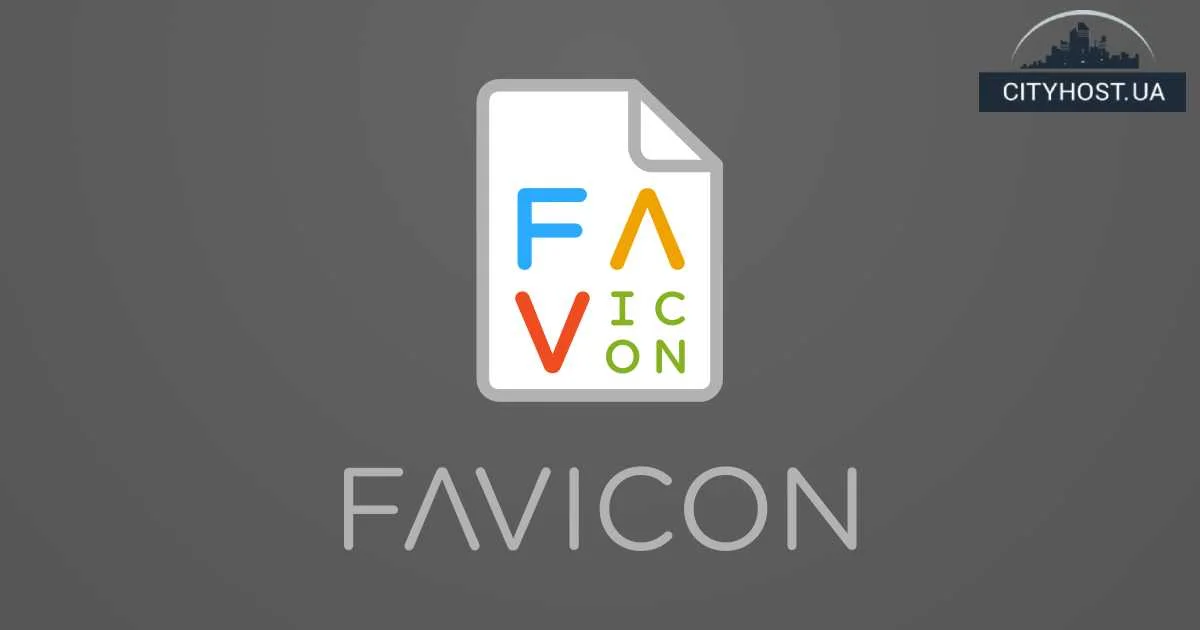
- How to Properly Use the Image Title Attribute and Where to Find It
- Why It’s So Important to Fill in Alt Attributes
Properly filled image meta tags not only help search engines understand the essence of a page — they can even bring additional traffic from Google Images. What are image Alt and Title attributes? These are parameters that help both search engines and website visitors better understand what is shown in a picture. Both of them — directly or indirectly — influence behavioral factors and therefore help a website achieve higher rankings in search results. However, to get the desired effect, you should first familiarize yourself with the rules of optimizing Alt and Title for media files.
How to Properly Use the Image Title Attribute and Where to Find It
What is an image Title? It’s a tooltip that appears when a user hovers the cursor over an image. This helps users better understand what the picture shows. The Title attribute doesn’t directly affect SEO rankings, but it can have an indirect impact — particularly through behavioral factors, since helpful tooltips are always relevant, especially when the image content isn’t immediately clear.
How to write an image Title? Just follow a few simple recommendations:
- Include only important information. It should match the meaning of the image. Otherwise, the Title will only confuse or repel users.
- Keep it short. There are no strict limits, but if the tooltip takes up two or three lines, users are unlikely to read it.
- Add the main keyword or its variation. This helps search engines better understand the page topic, and users can confirm that the page matches their query.
- Avoid duplicates. The Title should not repeat H1, H2, or H3 headings. Achieving 100% uniqueness is difficult, but you can make the Title distinct by adding words like “photo” or “screenshot”.
Why It’s So Important to Fill in Alt Attributes
The Alt attribute is the parameter that helps search engines understand what’s shown in an image. It improves a page’s relevance and is one of the key factors for SEO promotion — that’s why it should always be filled in. Otherwise, you risk losing higher positions in search results.
For users, the Alt attribute becomes visible in several cases:
- when viewing images in Google Images;
- when the browser has image display disabled (rare, but possible);
- when the website is hosted on a poor-quality server (images load slowly or don’t appear at all).
To ensure proper technical SEO for images, including Alt optimization, follow these tips:
- Make sure the Alt text matches the image and is relevant to the nearby content.
- Keep it the right length — at least 3–4 words, but no more than 100–125 characters.
- Avoid keyword stuffing. It’s fine to include one main keyword and a couple of variations, but don’t list several in a row — search engines may see it as spam.
- Use commercial words appropriately. Terms like “buy”, “order”, or “price” are acceptable if they make sense contextually — for example, in price lists or product offer sections.
Now you know how to write effective Alt and Title attributes for images and why they matter. Of course, internal optimization also involves larger tasks — collecting semantics, building a logical structure, creating a sitemap, and optimizing meta tags. Yet image attributes are no less important, as they significantly influence the success of your website’s SEO performance.
Did you find this guide on SEO Alt and Title for images useful? Share it on social media and join our Telegram channel. And don’t forget — you can buy affordable hosting in Ukraine from Cityhost. For technical support, contact us via live chat or call ☎️ 0 800 219 220.








